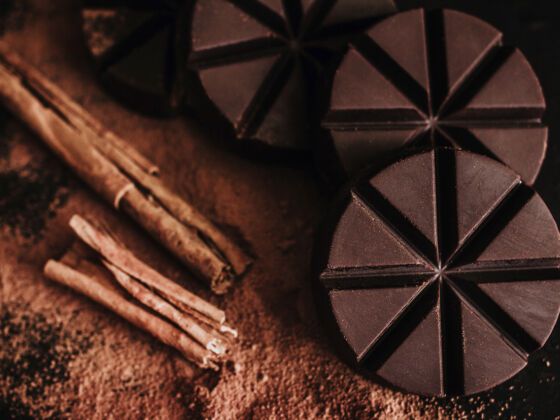“Black gold,” as chocolate has been called, has a control over a majority of Westerners.
It’s always in the back of one’s mind, or in the front of one’s mind when obtaining some becomes more acute. Everyone has a specific craving, whether it be pure, refined, mixed, primed, or blended, but we all have experiences of one kind or another with the stuff.
